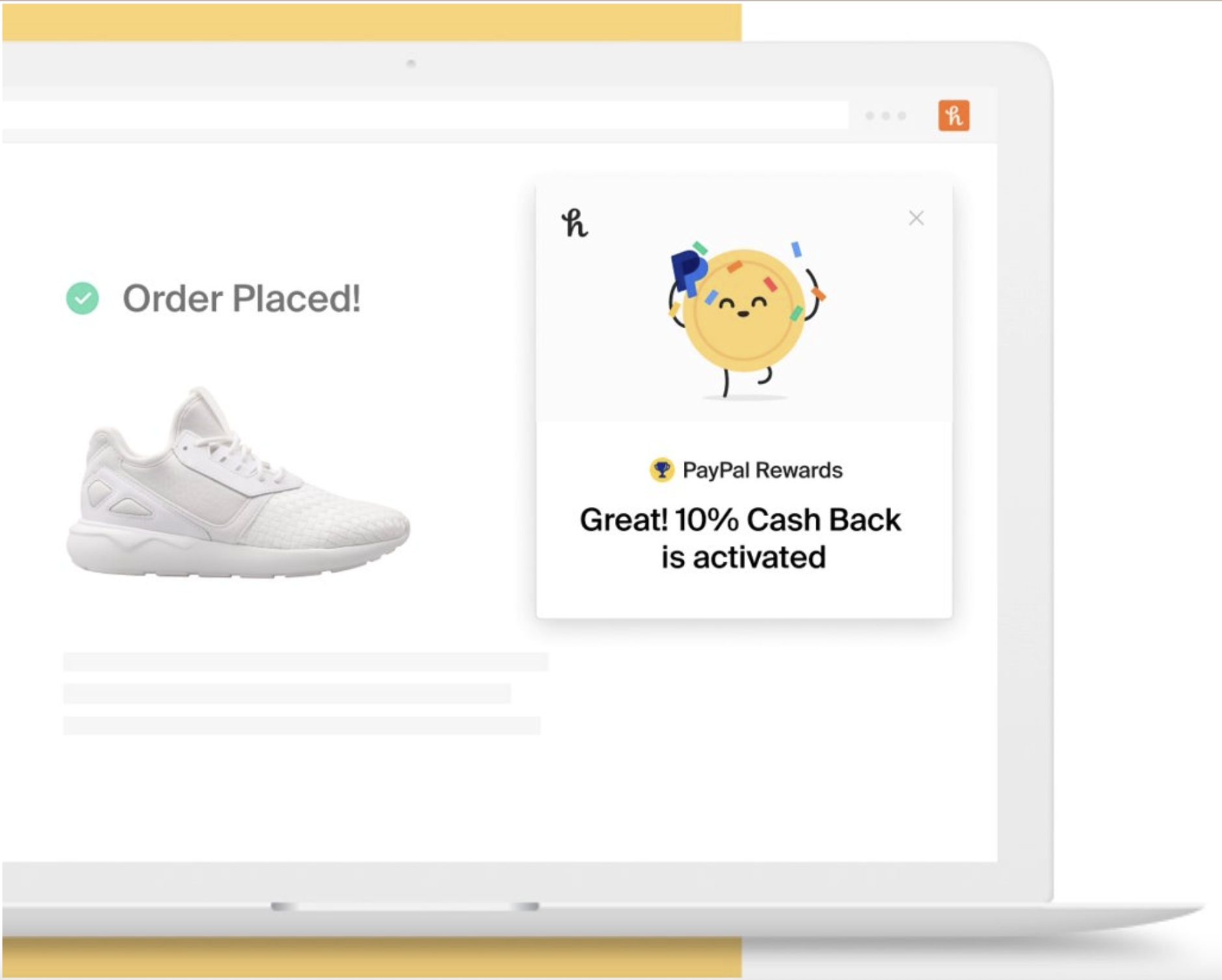The Sweet Deception: How Honey Impacts Brands and Affiliates

If you haven’t already heard, the popular coupon-finding browser extension Honey, owned by PayPal, has recently come under scrutiny. A YouTube exposé by MegaLag claims Honey’s business model might be too good to be true. How does Honey save users millions while also spending millions on advertising? One end of this equation doesn’t seem to add up, and the reality may be more troubling than you think.

How Honey Works and the Ethical Dilemma
Honey’s appeal lies in its promise: help users save money by finding and applying coupons at checkout. To achieve this, Honey prompts users to interact with its browser extension during the purchase process. Here’s where things get murky: Honey places its cookie on the user’s browser, ensuring that if a purchase is made, Honey is credited with the commission even if another affiliate partner did the hard work of bringing the customer to the site in the first place.
This tactic exploits the “last-touch attribution” model that many affiliate and referral programmes use. Under this model, 100% of the commission goes to the partner who generated the last click before a purchase. This means that high-value affiliate partners who create compelling content, nurture customer relationships, and drive initial interest often lose out. The commission they worked hard to earn is diverted to Honey.
The Impact on Affiliate Partners
For affiliate marketers and brands, this practice can lead to significant challenges. Content creators, influencers, and other high-value partners are often the first touchpoint for customers, introducing them to the product and building trust. However, when Honey’s browser extension intercepts the customer journey at the last moment, these partners see their efforts go unrewarded.
Over time, these affiliates may stop promoting brands that allow this behavior. Why invest time and resources in creating content when a browser extension can siphon away their earnings? This erosion of trust and engagement can hurt a brand’s affiliate programme, reducing its overall effectiveness and driving valuable partners to competitors.
The Scale of Honey’s Operation

Honey’s business model relies on scale. By investing heavily in user acquisition, they aim to ensure their extension is installed on as many devices as possible. The more users they have, the more opportunities they have to claim commissions from affiliate programmes. While this approach benefits Honey, it creates a zero-sum game for other partners and can destabilise the affiliate ecosystem.
What Can Brands Do?
While Honey’s practices are controversial, marketers aren’t powerless. Here are some strategies to mitigate its impact:
- Monitor Attribution Metrics Closely: Dive into your affiliate programme’s attribution stats. Identify which partners are driving the first clicks and how many touchpoints occur before a conversion. Understanding the customer journey can help you evaluate the fairness of commission allocations.
- Implement Multi-Touch Attribution Models: Consider moving away from last-touch attribution to a multi-touch model that rewards all partners contributing to a conversion. This approach ensures that affiliates who initiate or nurture customer journeys receive their fair share of the commission.
- Work with Transparent Agencies: Not all marketing agencies prioritise fairness in commission distribution. Partner with agencies that value transparency and have a track record of advocating for equitable practices within affiliate programmes.
Is It Okay to Work with Honey?
The answer depends on how you engage with Honey and your attribution model. If attribution data is closely monitored, working with them cautiously is feasible. However, given recent negative press, we recommend avoiding direct partnerships for now.
Honey’s extensive user base makes it a compelling partner for conversions, but brands must safeguard high-value affiliates by ensuring they aren’t overlooked. A balanced approach allows brands to tap into Honey’s reach while preserving affiliate programme integrity.
Conclusion
Honey’s business model underscores a broader challenge in affiliate marketing: the tension between convenience for consumers and fairness for partners. As digital marketing agencies, we’ve seen firsthand how unchecked practices can alienate top-performing affiliates and weaken programmes. By staying vigilant and prioritising transparency, brands can navigate this complex landscape, ensuring that all partners receive the recognition and rewards they deserve.
Affiliate marketing thrives on trust and collaboration. Let’s work together to keep it that way.
Let us help your scale with confidence.
